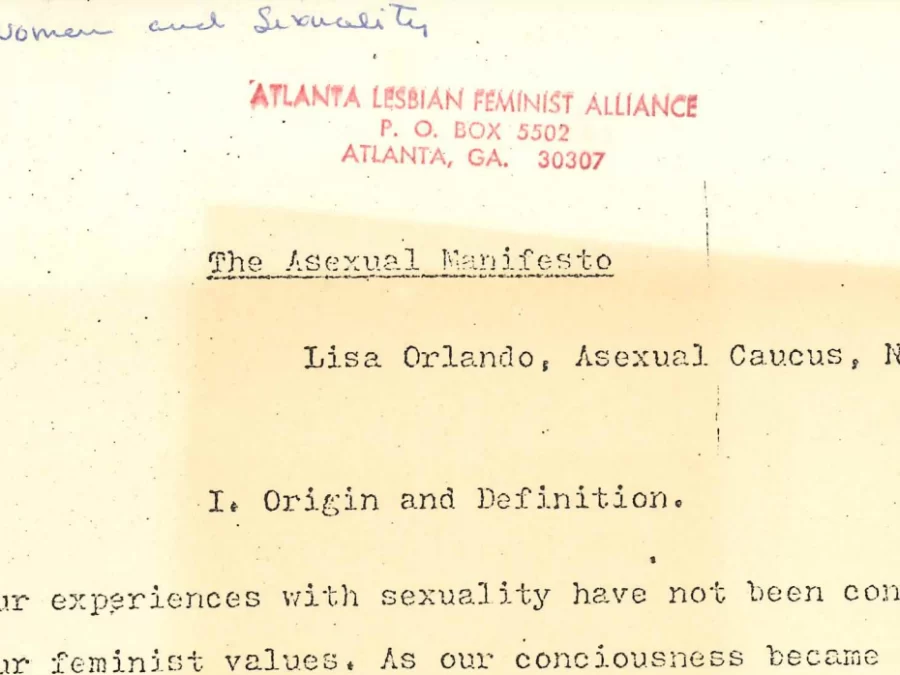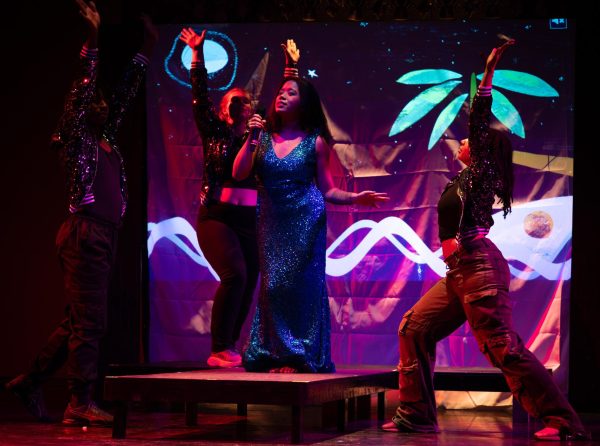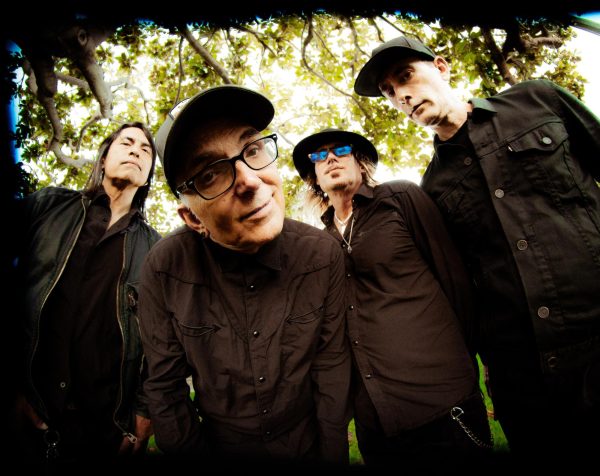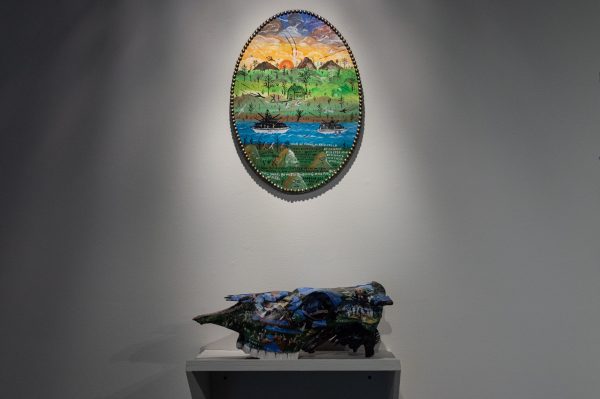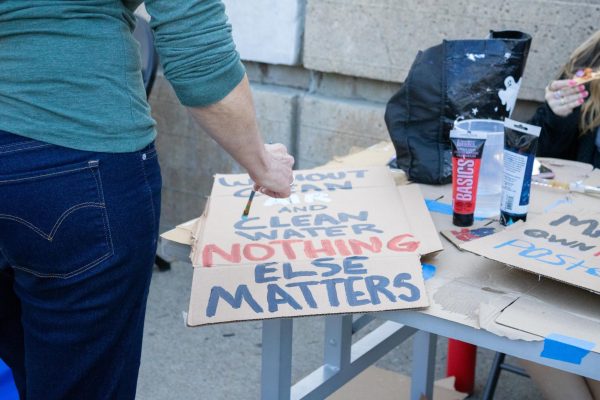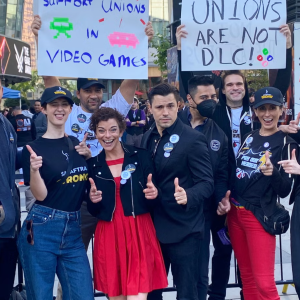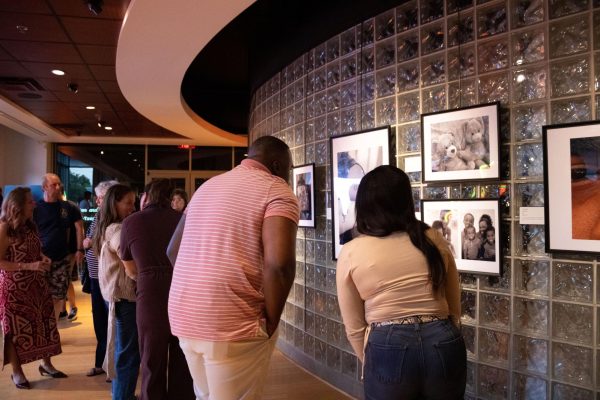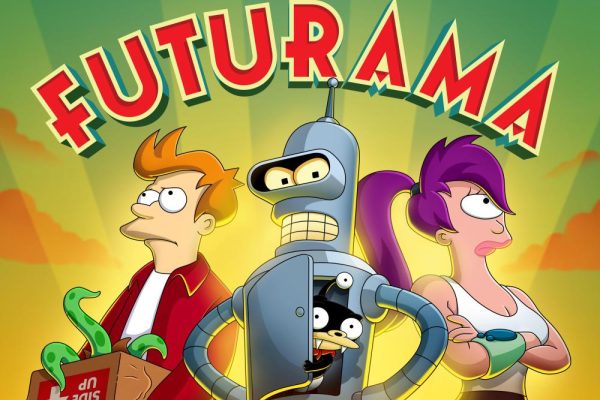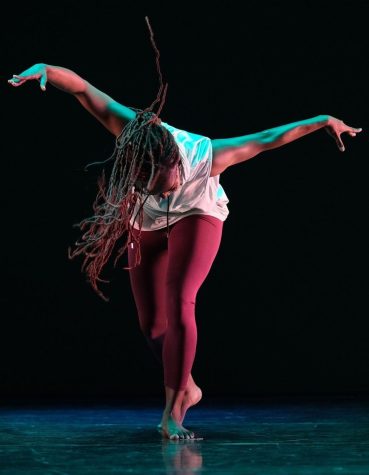“A” Does Not Mean Ally
Originally published September 27, 2021.
A June Instagram post from ODU’s Office of Intercultural Relations recently resurfaced.
“Allies are a part of the LGBTQIA+ community too!” It reads. “Interested in being an ally for the LGBTQIA+ community? Celebrate Pride and get Safe Space Ally Certified!”
The post has become a topic of discussion for some classes, reopening conversations about what defines a community and who is included in one, as well as the difference between affiliation and being a part of that community.

Including allies as a central part of the queer community takes away from the focus on queer people in LGBTQIA+ spaces, and it helps to contribute to asexual and aromantic (a-spec) erasure. Allies are an important aspect of support for the LGBTQIA+ community, but as non-queer people they aren’t included in the acronym, nor does their backing identify them as partially queer.
Asexual people, or those who don’t experience sexual attraction, and aromantics, or people who don’t experience romantic attraction, are frequently set apart from both straight and queer communities. Within heterosexual environments, they are told “doesn’t everyone feel that way at some point in their life?” and “you just have to meet the right person.” Within the queer community, there tends to be a stronger degree of shunning, as many queer people feel that asexual and aromantic people are just cisgender heterosexuals who are pretending in order to be a part of the community.
“We aren’t in the community because of a choice to love and support our friends; we are here because it’s who we are.”
These are not struggles that allies face. While the initialism for the queer community has grown over the years from LGBT to LGBTQ to LGBTQIA+, it has always expressed in varying ways the identities, experiences, and labels of those who fall under its umbrella. Ally is not one of them, and the assumption that “A is for ally” is just a new development in asexual and aromantic erasure.
This isn’t to say that the intent of the Instagram post was to suggest “A is for allies.” After reaching out to the contact listed on the post, it was said that “That post was promoting Safe Space ally certification. It is by no means implying that the “a” in LGBTQIA+ is for allies.”
Regardless, it is a common misconception, especially when conversations around allyship are accompanied by the full LGBTQIA+ initialism.
“The LGBTQIA initialism… stands for minority gender, sexual, and/or romantic identities. So, I’m not sure why people argue that the “A” includes allies,” said Lily Daniels. “[But] I have seen people be like “Wait, “A” isn’t for ally?” So I think just having more awareness and understanding about these things might be nice.”
Lily Daniels is a senior that is a part of the LGBTQIA+ community who has faced biphobia and aphobia before. She said that she stumbled across OIR’s post after scrolling through their Instagram account.
“It just seems that it’s a little – I wouldn’t say completely tone-deaf – but they missed the mark, a little bit,” Daniels said. “I know that a really big issue over the summer was queer creators, and how allies were taking up that space, and taking away views and money and things like that, and that is why the wording is so important. Because you’re like, “oh, it’s just semantics.” But in some ways, it goes beyond that and can really impact people’s lives. Particularly since [erasure] is a known issue in the community, this didn’t seem like it was sensitive to the issue, and a simple rewording of ‘the support of allies is important’ would have been really easy to fix.”
Asexuals, aromantics, and agender people, as well as others, are all included under the umbrella of the “A” in LGBTQIA+. They tend to be among the most misunderstood and least-known identities, which can lead to a lack of support systems and boundary-crossing.
Daniels felt so impassioned about the issue that she ran a couple of polls about it on her social media platforms. She also reached out to the OIR account.

“Being an ally is just being a good human [in my opinion.] I know this isn’t your intention but calling allies a part of the community seems to diminish the hardships we’ve faced,” she said in her message to OIR. “We aren’t in the community because of a choice to love and support our friends; we are here because it’s who we are.”
“They left me on read,” Daniels said. “Which is fine, because I’m not an official[/verified] person.”
She’s taken the time to start conversations about it. Daniels understands that the goal was to advertise Safe Space certification, but disagrees that allies are a part of the LGBTQIA+ community, and wishes there was more awareness about LGBTQIA+ identities.
“They’ve done a very recent push for LGBT initiatives, like I’ve gotten some emails like “oh, we’re looking for board members” and “oh, we’re doing queer yoga”. You know, queer yoga is not my main concern. And I think we have other things to focus on and improve.”
“You know, queer yoga is not my main concern. And I think we have other things to focus on and improve.”
As Asexual Awareness Week draws slowly closer – it’s October 24-30 – keep in mind: the “A” in LGBTQIA+ isn’t for allies. It’s for the a-spec members of the community who have struggled for legitimacy, and who have to deal with invalidation and doubt from many who don’t acknowledge or understand their identity.
“A” is for far more than ally. “A” is for the a-spec identities: asexuals, aromantics, and agender people.
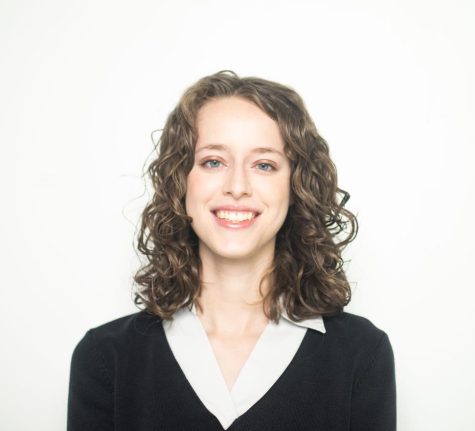
Sydney Haulenbeek is an English major and senior, graduating in May of 2023. Before becoming the Editor in Chief of the Mace & Crown she worked as...


